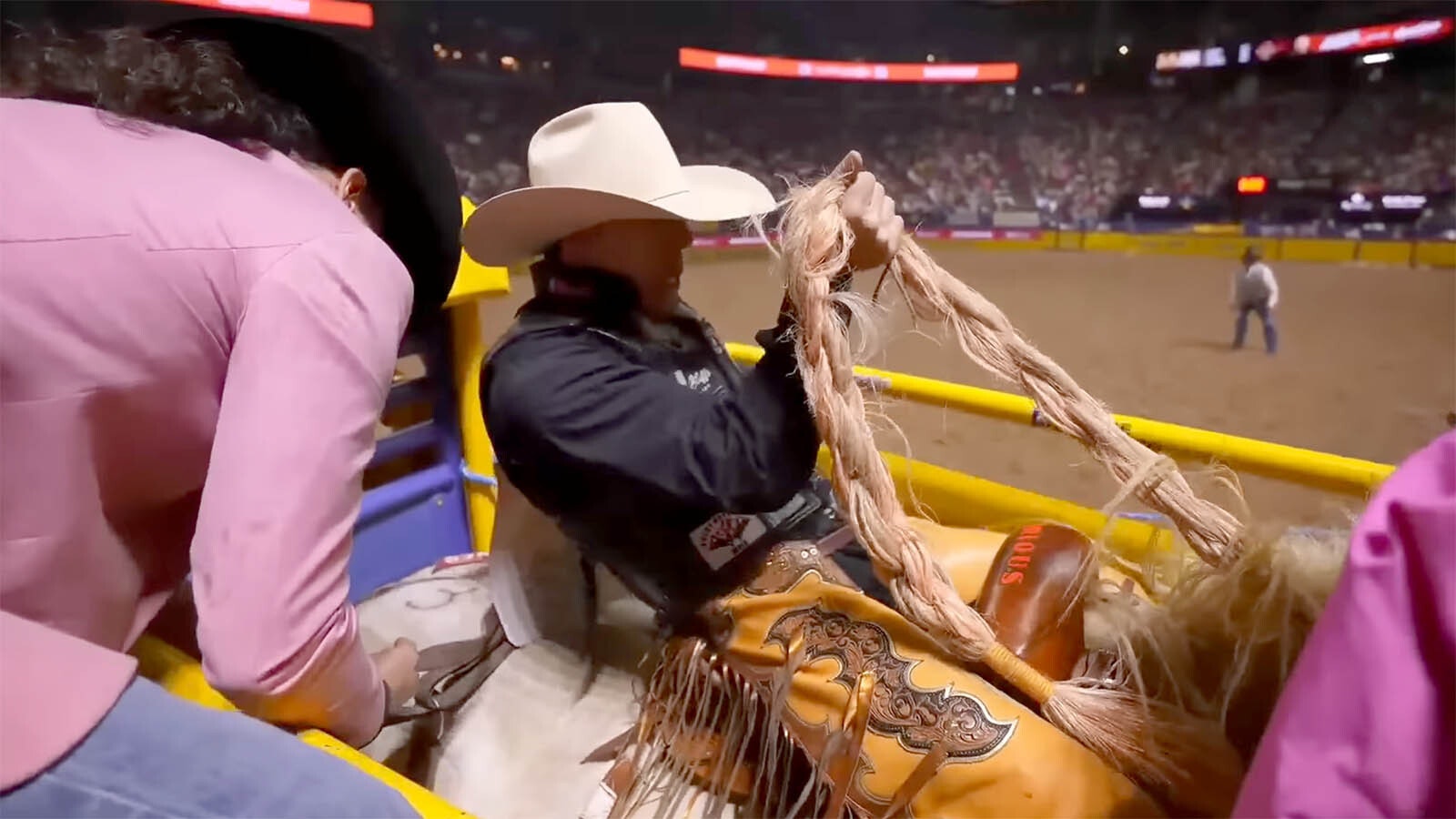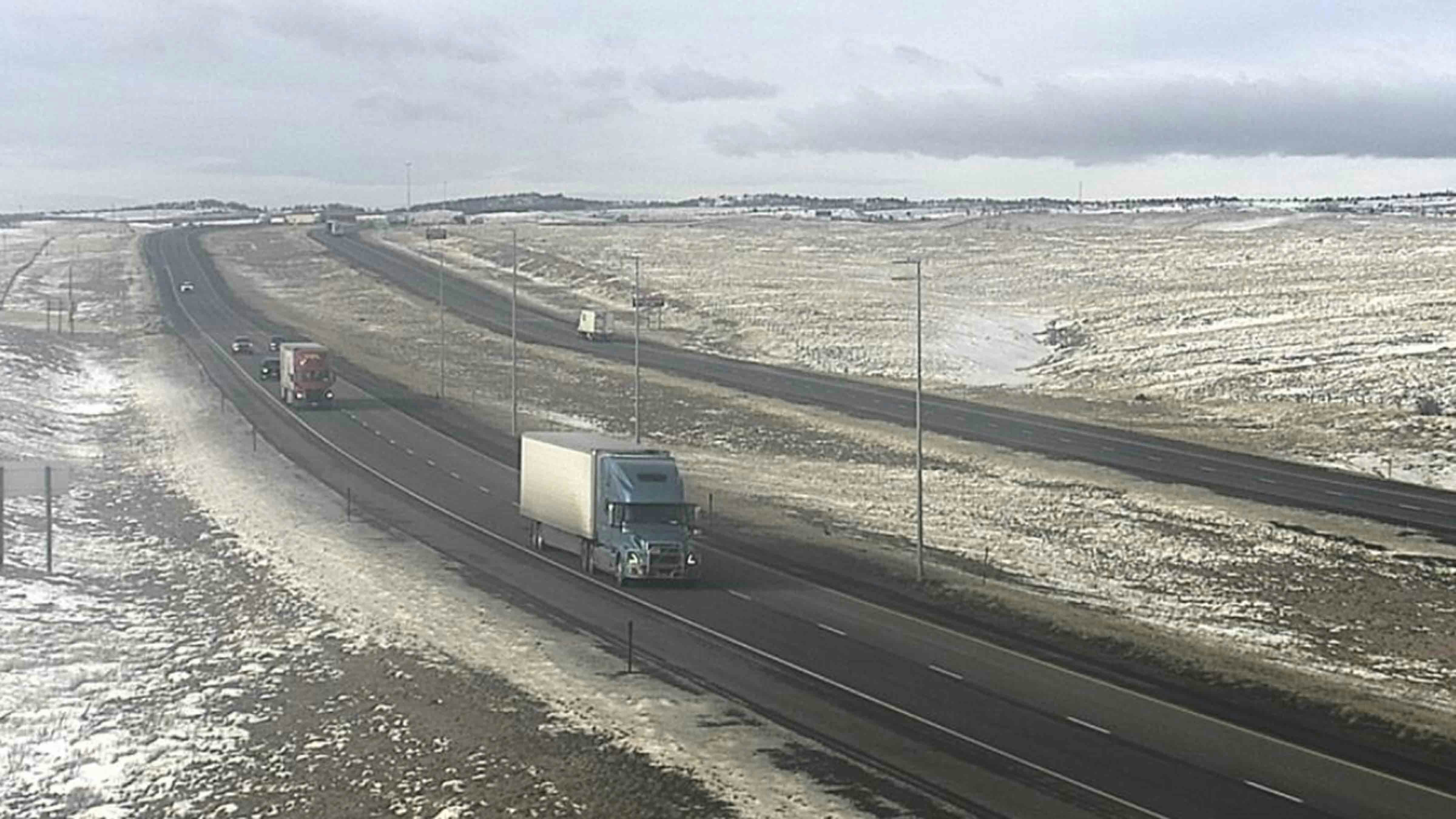When coin collector and history teacher Randy Tucker first saw the $10 bill with “National Bank of Lusk” printed across it, he was convinced it was a fake.
“I did a little research,” he said. “It wasn't phony. I discovered that Lusk, a little tiny town with 1,800 people, was quite affluent.”
In the 1980s, when Tucker first saw this hometown note, there were still people around who remembered using the bills when they were kids. They confirmed that money printed with the names of Wyoming towns and signed by local bankers were real, legal tender.
“The Manville Bank, which is a little town west of Lusk, also printed money,” Tucker said, still amazed at the practice. “Other small towns like Meeteetse and Dubois did, too.”
According to the 1918 Bankers' Directory, the Bank of Lusk issued the $10 bill and was one of the oldest state banks in Wyoming. It had been established in 1886 with a capital stock of $50,000 and deposits of $300,000. In contrast, the Bank of Manville, organized in 1907, had a capital stock of $10,000.
The capital stock of each bank was important because the more money that a bank was able to send to the Federal Reserve, the more currency that could be printed with their names on it to issue to customers.
While these bills are still legal and can be spent for their face value, collectors pay big money — sometimes tens of thousands of dollars — for them.
Printing Money
In all, 51 Wyoming National Banks located in big cities like Cheyenne and small towns such as Basin issued currency under this system.
The Harford Coin Co. said that National Bank notes are one of the most complex and interesting areas of U.S. numismatics. Over a 70-year span, these Nationals, as they were called, were issued by more than 14,000 federally chartered banks, located throughout the U.S. and in U.S. Territories.
The bank names were featured prominently on the note face and included the names of their local towns and cities. As a result of this prominence of town names, Nationals earned the nickname hometown notes.
The National Banking Acts of 1863 and 1864 first authorized National Bank Notes during the Civil War. Each bill was backed by bonds placed on deposit at the U.S. Treasury by chartered member banks.
Member banks submitted to federal oversight and were required to maintain, at a bare minimum, set balances of available money. The quantity of notes that a bank could issue was in direct proportion to the amount that they maintained on deposit with the Treasury.
The Bank of Lusk, for instance, in 1918 could issue up to $50,000 in hometown notes if its capitol was sent to the Treasury. The Manville bank could only issue $10,000.
Wildcat Banking
The ability to issue Nationals was brought about to end the “wildcat banking” that was predominant before the Civil War.
During this time, it was a virtual free-for-all of unregulated banking. There was a deluge of legitimate and illegitimate banknotes that circulated side-by-side causing confusion and opening up people to fall victim to fraud.
The goal of the National Bank system with its hometown currency was to provide one uniform and reliable currency throughout America. All Nationals were printed by the federal government and shipped to the member banks, which then issued the notes after the bank president and clerk signed the bills.
After the Civil War, the Nationals were also used to discourage hoarding. The banks wanted their money to circulate and help rebuild the economy.
Outlaw’s Dilemma
The banknotes were not desired by everyone.
An unsigned National was useless and when Wyoming outlaws stole them in a heist, they generally abandoned them.
“The only ones that were valid were the ones signed by the chief cashier and the bank president,” Tucker said. “If they were just coming from the mint or from the U.S. Treasury, they were unsigned. They were just empty notes, no value until they were signed by the bank.”
When the Wild Bunch robbed the train at Wilcox, Tucker said they grabbed whatever notes they could that had been signed by the Laramie and Cheyenne banks and took those with them, because those were good anywhere. They left the unsigned banknotes behind.
There were forged bank notes and bank tellers would try to catch those before they were cashed.
Dr. Will Frackleton wrote in his book “Sagebrush Dentist” about spending an afternoon with the outlaws . He had encountered some of these unsigned notes while watching a monte game in Andersonville, a shanty town the gang liked to hang out in.
According to Frackleton, the bartender grew confidential and offered to help if he ended up with an unsigned National.
“Doc,” the bartender said, “the boys are gettin’ a little careless about them twenties. Took ’em in the last Union Pacific deal and some ain’t signed up. If you get aholt of any like that, bring them to me and I’ll give you signed ones!”
Banknotes Outlawed
The Gold Reserve Act of 1934 was signed by President Franklin D. Roosevelt just two years after he appointed former Wyoming Gov. Nellie Tayloe Ross the new director of the U.S. Mint.
This act essentially transferred all privately held gold to the U.S. Treasury, effectively taking America off the gold standard. It allowed the government to manage the money supply more freely during the Great Depression, and after 1935, you weren't allowed to hold gold anymore.
The issuance of National Bank Notes ended the same year.
At that point, many of the hometown notes were redeemed at banks and destroyed. All that survive are still legal tender, but are more valuable as collectibles.
There are only about 1,700 Wyoming National Bank Notes that have been reported within currency circles. While the most common Series 1929 notes in circulated grades are available for around $500, the most expensive notes can be worth tens of thousands of dollars.
As an example of their perceived value, in 2017, Numismatic News reported that an 1875 $20 bill from Cheyenne, Wyoming Territory sold at auction for $72,000. Another Wyoming national, an 1875 $10 bill from the National Bank of Laramie, sold for $40,000.
No matter what monetary value you attach to these Wyoming “hometown notes,” it is generally agreed that they are a unique aspect of our history that should not be forgotten.
Jackie Dorothy can be reached at jackie@cowboystatedaily.com.









